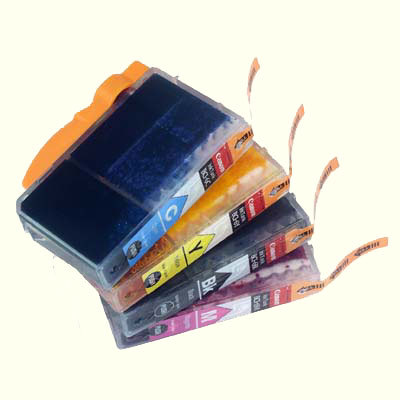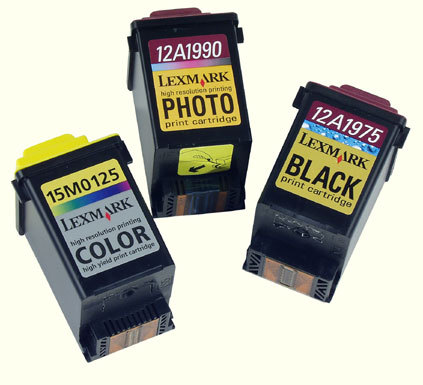Attractive Features: General-Purpose Inkjet Printers
Four Manufacturers, Two Technologies
Canon likes to tell the story of how the inkjet system was invented as the result of a handling error by one of its developers. Having accidentally put a soldering iron on a syringe full of ink, he was fascinated by the way the ink was suddenly expelled. The study of this phenomenon is said to have resulted in the Japanese firm taking out more than 10,000 patents in 1977.
HP, on the other hand, claims that they had the idea first. This tale involves a French engineer working in HP Labs in California, 1979. The object of interest this time was apparently a coffee machine - the heroic developer was fascinated by this modern appliance, which could make liquid circulate without any mechanical movement.
Regardless of which story is true, and however straightforward the heat principle might be, both manufacturers are still using it for their inkjet printers nearly 25 years later.
Still, it's interesting to note that while Canon and HP each claim paternity rights, they are bound together by a host of contracts in this area. However, when HP talks about side-by-side development with Canon because the technology was "in the wind", Canon claims to have imparted the technology to HP, who then adapted it to its models. For Canon, the proof is in the two years advance that their story has on HP's.
As for Lexmark, their story is more straightforward. The firm started off as an IBM subsidiary, and they arrived at inkjets in the early 90s. As they themselves say, their systems are derivatives of Canon's.
Epson, a Seiko subsidiary, was on its own. While others were signing agreements, they were studying quartz properties. In 1993, their research produced its first Piezo printer, which was based not on a heat system, but on deformation of the ink chamber.
Get Tom's Hardware's best news and in-depth reviews, straight to your inbox.
Current page: Four Manufacturers, Two Technologies
Prev Page Drivers Next Page Heat System: Canon, HP, Lexmark


